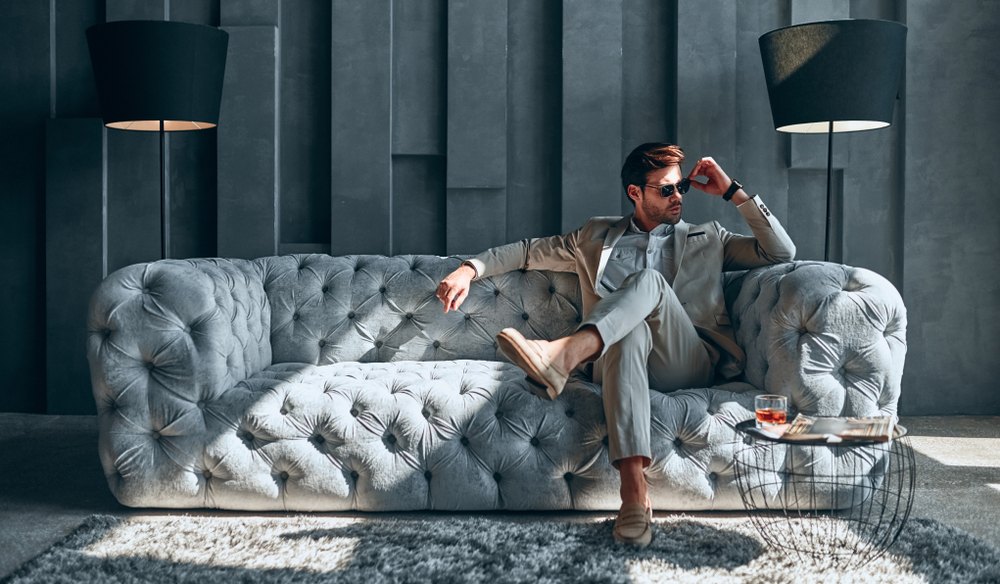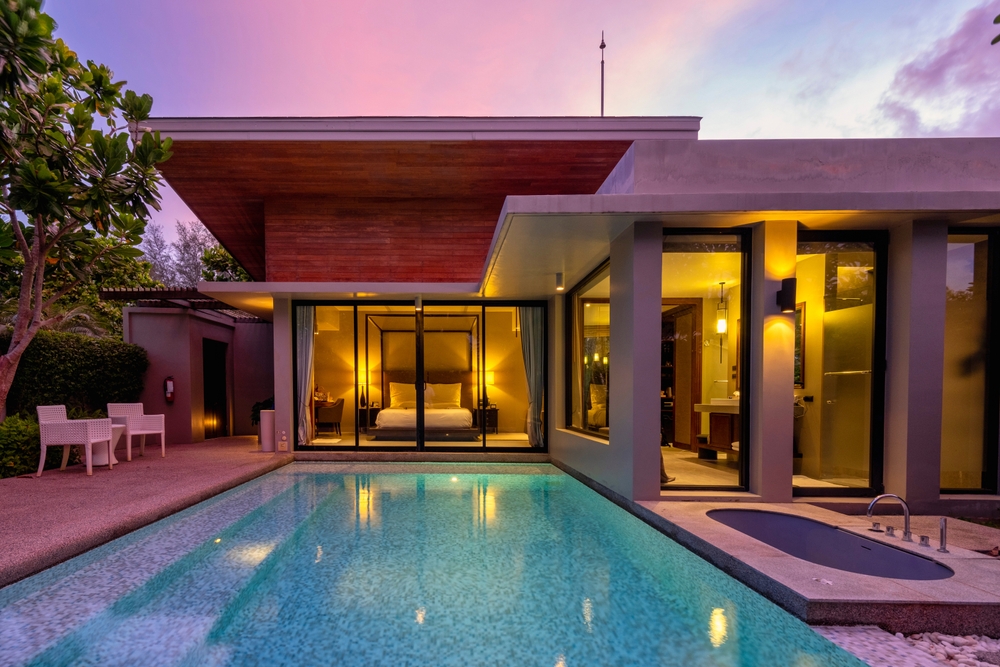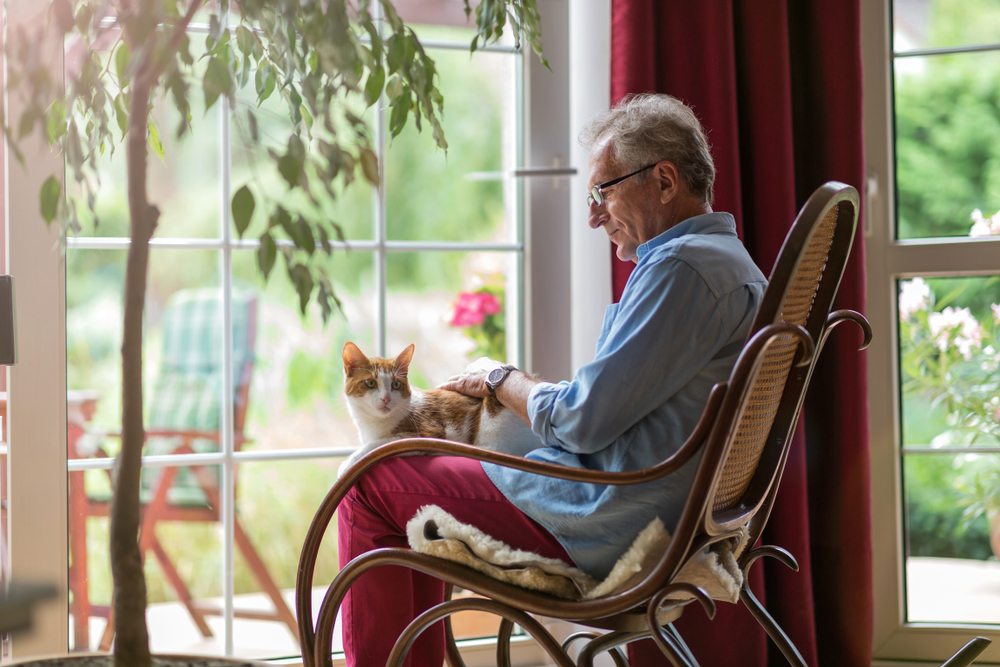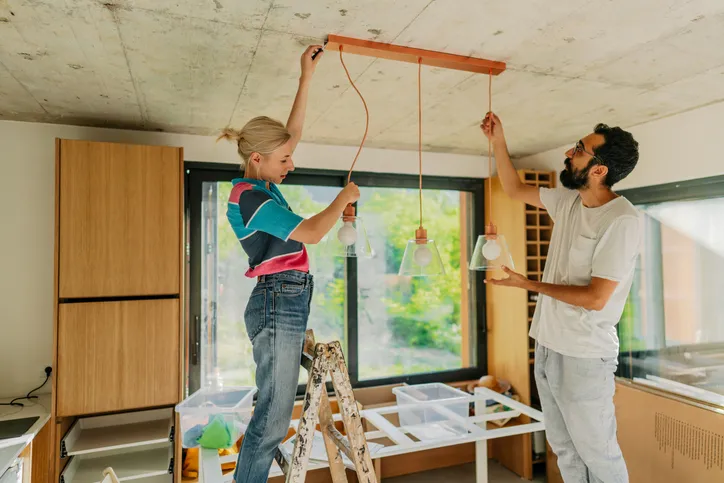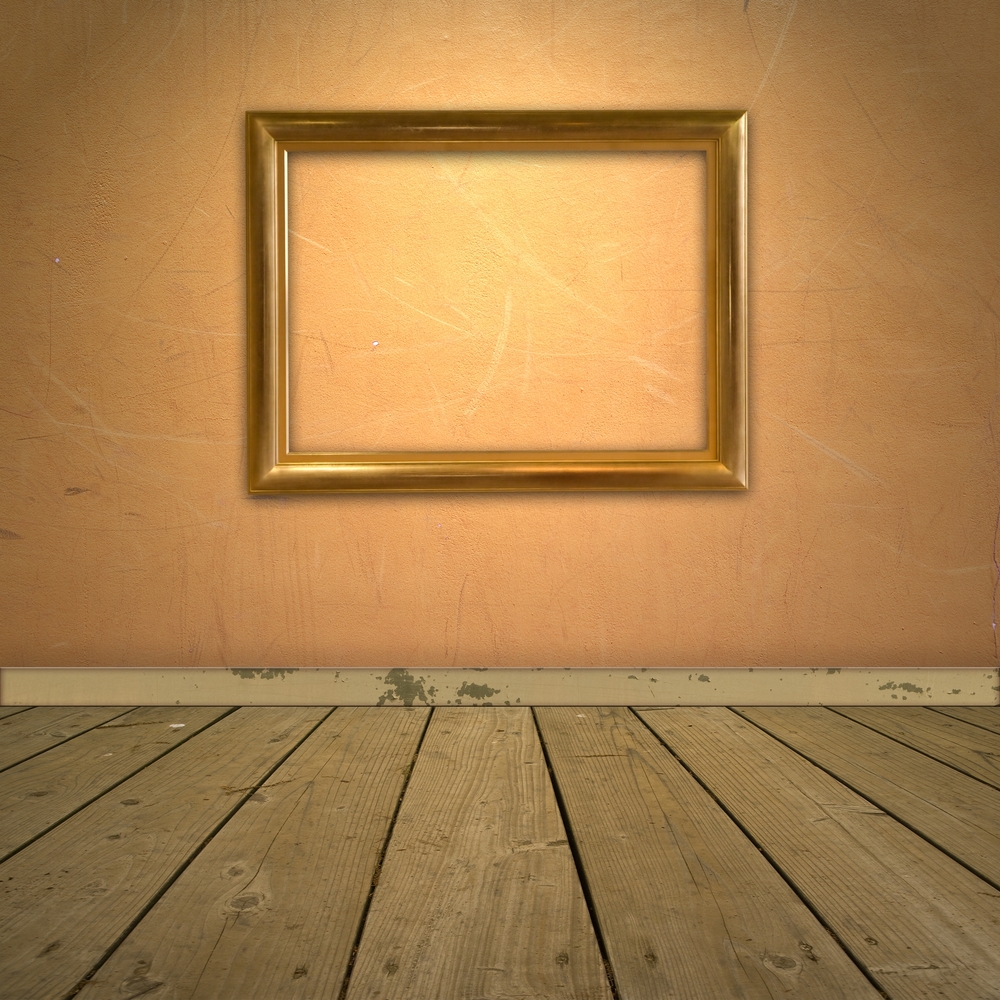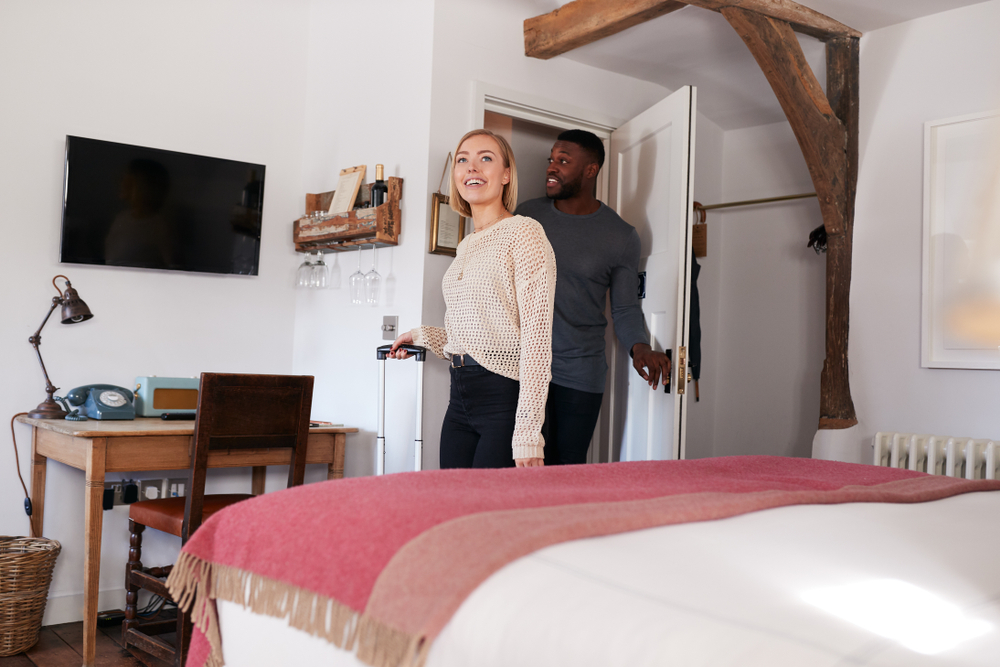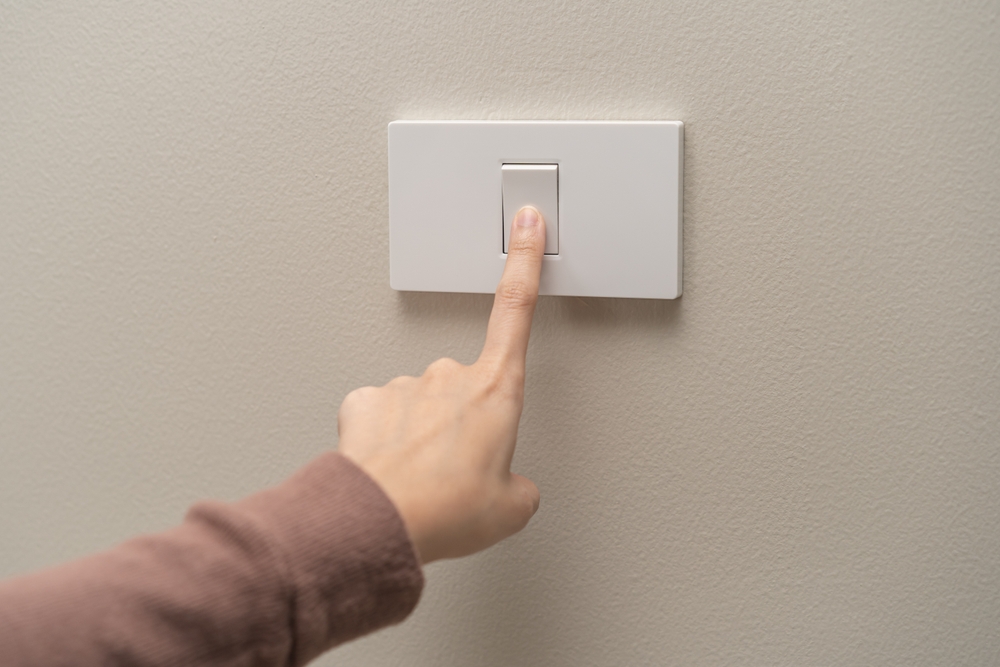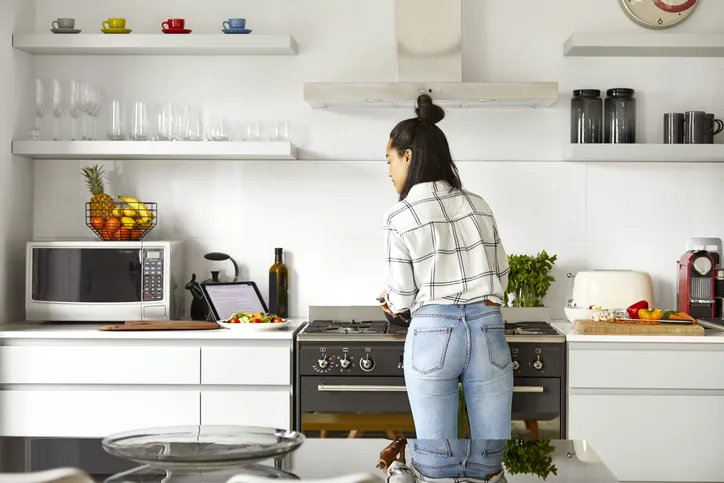Keeping your home’s interior design fresh and modern is key to maintaining its value in today’s real estate market. While trends come and go, some outdated design choices can make your property less appealing to potential buyers and hurt its value. Here are 14 outdated interior trends that could be killing your property value:
1. All-White and Gray Palettes
While neutral colors like white and gray were once the go-to for a sleek, modern look, they’ve become overused to the point of being uninteresting. An all-white or all-gray space can feel cold and lack character, which could turn off potential buyers. Too much of these shades can make rooms feel sterile and uninspiring, making it hard for buyers to envision their style in the space.
Instead, consider introducing warmer tones or a variety of complementary accent colors to bring life into the space. A well-balanced, inviting color scheme can make rooms feel more dynamic, cozy, and tailored to modern tastes, making your home much more appealing to prospective buyers. According to Allura USA, neutral palettes are versatile but should be balanced with accents to avoid a sterile appearance.
2. Overly Customized Luxury Features
Installing high-end, personalized features, like elaborate home theaters or custom indoor pools, may sound like a good investment, but these upgrades don’t always pay off. These specialized additions often appeal to a niche group of buyers and can limit the number of potential buyers who would consider the property. Additionally, such features might not add significant resale value to the home, especially if they are not universally appreciated or used.
Instead, focus on making more universally appealing upgrades, like modernized kitchens and bathrooms, or energy-efficient appliances. These improvements are often more practical and have a wider appeal, providing a better return on investment when you sell. According to Business Insider, overly niche luxury features can limit buyer interest and fail to justify their high costs during resale.
3. Open Concept Bathrooms
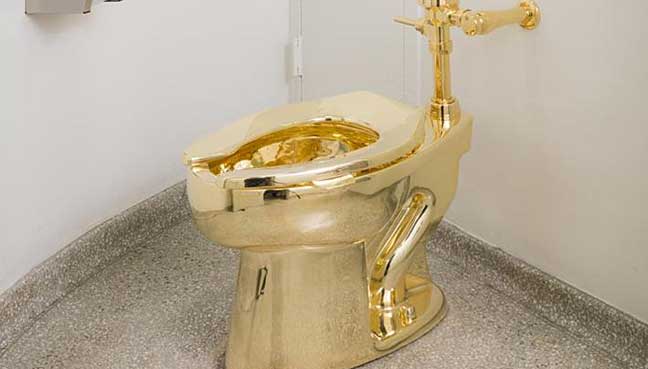
While open-concept living spaces are popular, extending this concept to bathrooms can be a dealbreaker for many buyers. Bathrooms that are too open or lack proper separation from other areas in the house can feel uncomfortable and intrusive, especially when it comes to privacy. Buyers typically seek bathrooms that provide a sense of solitude and personal space.
To avoid this, consider redesigning any overly open bathrooms to include partitions, glass doors, or other privacy-enhancing features. Offering defined spaces where buyers can feel comfortable and secure is a key part of making your home more marketable. According to Thom Signature, open-concept bathrooms may lack privacy and require careful planning to balance aesthetics with functionality.
4. Farmhouse Style Overload
Farmhouse style has dominated home design in recent years, but overusing this trend can make your home feel more like a themed restaurant than a desirable property. While farmhouse elements like shiplap walls or distressed furniture may be charming in small doses, an entire home designed in this style may alienate buyers who prefer a more versatile or contemporary aesthetic.
Balance farmhouse elements with other design influences to create a more neutral, approachable space. Incorporating a mix of modern and traditional styles can help your home appeal to a broader range of buyers without sacrificing style or comfort. According to Mental Floss, while rustic elements remain popular with some buyers, overuse can limit broader appeal.
5. Open Floor Plans
Open floor plans have been a staple of modern home design, but they may not always be ideal for every buyer. While they can make spaces feel larger and more connected, some people prefer clearly defined rooms with more privacy and functionality. The lack of separation between spaces can make it harder for families to use rooms for different purposes or create a sense of chaos in the home.
If you have an open floor plan, consider incorporating elements that allow for flexibility, such as movable partitions or stylish curtains to create semi-separated spaces. This can provide both openness and privacy, appealing to a wider variety of buyers.
6. Overly Bold Colors
Vibrant, bold colors might seem fun, but they can be overwhelming and difficult for buyers to visualize themselves living with. Bright oranges, neon greens, and deep purples may feel off-putting and create a sense of unease in potential buyers. Walls painted in these colors are often seen as a personal style choice rather than a universal aesthetic, making it hard for others to imagine the space as their own.
Neutral shades, such as soft greys, taupes, or whites, are much safer and more versatile options that appeal to a broader audience. You can still incorporate bold colors in accents or smaller decor pieces like throw pillows or artwork, which are easier for buyers to replace if they prefer a different look.
7. Excessive Use of Faux Finishes
Faux finishes, such as faux wood paneling or faux stone, were once popular as a way to replicate more expensive materials. However, these finishes have a tendency to look cheap and dated, often making a home feel less authentic and more like a DIY project gone wrong. Buyers are increasingly seeking authentic materials that provide both beauty and durability.
Instead of faux finishes, invest in real materials, such as hardwood floors, natural stone countertops, or quality tile. These materials not only look more appealing but also enhance the long-term value of your home, making it more desirable to buyers.
8. Overly Themed Rooms
While themed rooms can be fun, they can also limit the appeal of your home. Buyers often have difficulty seeing beyond specific themes, such as a jungle-themed nursery or a space inspired by a favorite movie. These rooms can make your property feel less adaptable and harder to personalize for potential buyers.
Instead, go for neutral, flexible spaces that can easily be transformed into whatever the next homeowner desires. A blank canvas allows buyers to imagine their own designs without the constraint of having to redo an overly specific theme.
9. Wall-to-Wall Carpeting
Wall-to-wall carpeting is quickly becoming a dated and unpopular choice. It tends to trap allergens, dirt, and dust, and it can look worn over time, reducing the overall appeal of your home. Many buyers now prefer hard flooring options such as hardwood, tile, or laminate, which are easier to maintain and look more modern.
Replacing wall-to-wall carpeting with more contemporary flooring options will instantly modernize your home and make it more attractive to potential buyers. Hardwood floors, in particular, are a highly desirable feature that can increase the value of your property.
10. Overly Ornate Lighting Fixtures
Chandeliers and other ornate lighting fixtures may have been popular in the past, but they can now appear outdated and overly extravagant. These elaborate light fixtures may distract from the home’s other features, making the space feel cluttered or overly formal. Simple, modern lighting options create a more cohesive look that appeals to today’s buyers.
Consider replacing outdated light fixtures with sleek, contemporary options that provide plenty of light while complementing the home’s overall design. Modern, minimalist lighting fixtures are not only functional but also help create a more inviting, stylish space.
11. Excessive Built-In Furniture
Built-in furniture, while useful in some spaces, can make a home feel cramped and limit the flexibility of the room. Too many built-ins, such as shelves or cabinets, can overwhelm a space and make it feel less open. Buyers may also be turned off by the thought of removing or replacing built-ins to suit their personal needs.
Instead, focus on flexible, freestanding furniture that can be moved or replaced with ease. This allows buyers to adapt the space to their needs, whether they prefer additional storage or a more open floor plan.
12. Overly High-End Appliances
High-end appliances, while attractive in theory, may not always provide a return on investment. These expensive features may appeal to some buyers but could alienate others who prefer more affordable, functional options. Additionally, not all buyers will appreciate luxury appliances or find them necessary for their lifestyle.
Instead of focusing on ultra-luxury appliances, consider installing appliances that balance quality and cost. Energy-efficient, high-performance models offer great value while appealing to a wider range of buyers, making them a better investment for the home.
13. Excessive Landscaping
While a well-maintained lawn and garden can improve curb appeal, excessive landscaping can hurt your property’s value. Overly elaborate gardens, extravagant water features, or excessive shrubbery can be high-maintenance and may turn off buyers who are looking for something more manageable.
Simplified landscaping with easy-to-care-for plants and clean lines is often more attractive to buyers. Low-maintenance outdoor spaces appeal to a broader audience, saving potential buyers time and effort while increasing the property’s value.
14. Overuse of Barn Doors
Barn doors have been a trendy feature in recent years, but overusing them can make your home feel overly rustic or impractical. While barn doors can look charming in the right context, they can also be difficult to maintain and may not suit every buyer’s taste or lifestyle.
Consider replacing barn doors with more traditional options that are functional and more universally appealing. Opt for doors that fit seamlessly with the rest of your home’s design, offering both style and practicality for a broader range of buyers.
This article is for informational purposes only and should not be construed as financial advice. Consult a financial professional before making investment or other financial decisions. The author and publisher make no warranties of any kind.





